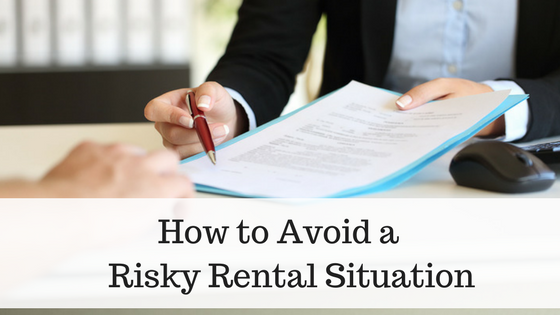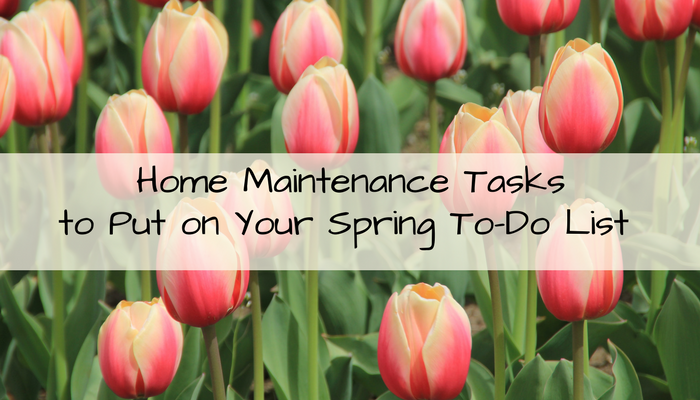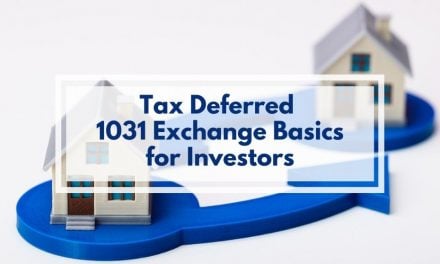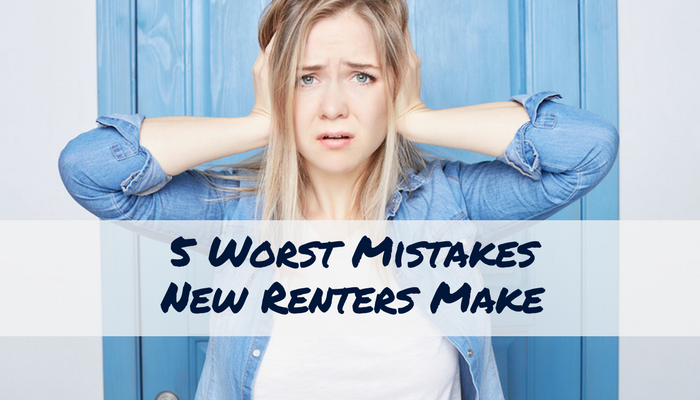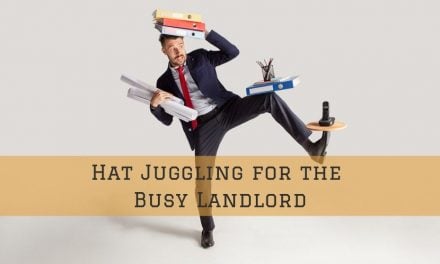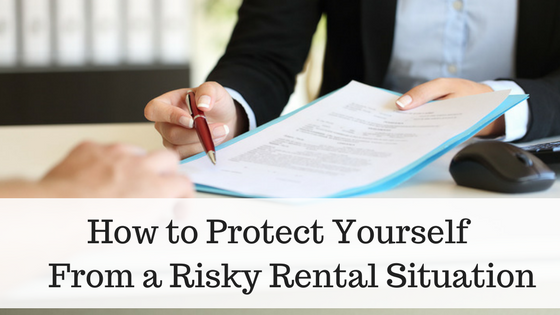 There is a joke that the only time we read the fine print of any contract is when a problem arises. This collective negligence is not a new thing. According to David Hoffman, a professor at the University of Pennsylvania Law School, few people read contracts in their entirety.
There is a joke that the only time we read the fine print of any contract is when a problem arises. This collective negligence is not a new thing. According to David Hoffman, a professor at the University of Pennsylvania Law School, few people read contracts in their entirety.
But what does this mean for renters when they skimp over the terms of their rental lease? Do you really know what you are agreeing to when you sign and initial (here, here, and here) that lengthy lease document?
Understanding your rental lease agreement is essential to protecting you from unnecessary issues with your landlord, neighbors, maintenance and management.
The impact of skipping provisions in your e-mail terms and conditions may not be as great as skimming your rental lease agreement, but the problem is glaring: there is negligence in being uninformed of your rights and obligations.
To avoid putting yourself in a risking situation, because you failed to read a lease agreement word-for-word, we looked at ways you can protect yourself and understand what to look for when finding a new place to rent.
Here are 7 things you should keep in mind to manage any risks associated with renting your next home.
How to avoid rental risks?
#1: Ask!
When you are hunting for your next place to rent, knowing what questions to ask will help you make an informed decision. You should know the right things to inquire about, and you should be doing your own research even before dialing the landlord’s or leasing office’s number.
Jot down your questions. Is the unit furnished or unfurnished? What are the terms of the lease contract? How much is the monthly rent, the deposit, and the total amount needed to move in? Many of these are available on the leasing company’s website, but it will not hurt to ask them again for clarifications.
#2: Visit the property, check the amenities
Don’t sign any lease agreement without first visiting the unit. The photos of the rooms and common amenities may provide an overview of what to expect, but there’s nothing like seeing your soon-to-be home in person.
Aside from checking the unit and amenities, this is also your chance to ask about other pertinent matters. Visiting an apartment and speaking with the manager or landlord gives you a chance to fin out more information about the property. Can you bring a pet? Will you be allowed to paint or hang pictures?
#3: Don’t buy a living room set just yet!
Another purpose of a site visit is to help you avoid an expensive risk when renting a new place—buying the wrong furniture and appliances. Apartments are typically built with limited space.
As much as you want a large sofa set in your living room, you may need to consider something more suitable to a tight space. This doesn’t mean that you’ll be forsaking comfort and style. There are innovative ways for decorating small spaces, like using multifunctional furniture creates the illusion of space. When visiting the site, take photos or a video to guide you in deciding the furniture and appliances to bring. You should also measure the space to create a floor-plan when doing furniture shopping.
#4: Read important contract provisions
What are the important things that you should check in a lease contract? First, review information about the rent and security deposit.
The lease should specify how much rent is due, what day it is due, if there is a grace period, and how much a late will be.
The lease should also say how much security deposit is getting collected, what it can be used for, and how it will be returned at the end of tenancy. Generally, the deposit is used for any tenant cause damage during occupancy or for any unpaid rent. Be wary of anything that is referred to as a “non-refundable deposit” – these are typically not allowed. A lease can however require that a tenant pay a non-refundable fee as part of the move-in costs. Some states also require the lease to say where the security deposit funds are being held and whether or not the tenant is entitled to any interest earned on the funds.
Make sure to read the duration of the contract and the conditions for default. Don’t be afraid to ask questions on any contract provision you need help with. This will also give your landlord or lease officer an impression that you put value on the sanctity of the agreement.
#5: Complete your move-in checklist with your landlord
Your lease contract should have a provision that your deposit shall be used to cover any tenant caused damages to the property. Your landlord or property manager measures property damage by completing a move-in inspection at the start of tenancy and comparing it to the move-out inspection at the end of tenancy.
Before moving in, do a walk through of the property and take note of their condition. It is also a good idea to take pictures. If there is a scratch on the counter-top or a hole in a window screen, your landlord needs to know it was there when you moved in. It will be hard to prove otherwise at the end of your tenancy, and you could be held responsible for the damage.
It’s highly advisable to complete this with your landlord so he can assent or dissent on your assessment prior the finality of your agreement. This will prevent future issues that may lead to litigation.
#6: Understand property’s rules and regulations
It’s not only your lease contract for the unit that you need to read closely. Although most rental lease contracts are written in compliance with property’s or apartment complex’s rules and regulations in mind, you may be asked to sign a separate agreement for the community.
This agreement will include your rights and obligations as a tenant, the guidelines in using facilities and amenities, and the rules on association dues and other fees. Again, before signing your name, clarify any matter of concern.
#7: Maintain harmonious community living
Like any residential community, you can create new bonds with your neighbors and establish a great environment that is safe and welcoming.
One strategy of building a harmonious community is to make sure you and guests always for the rules of the property. Follow quite hours, use facilities appropriately, and clean up after yourself.
Consider attending community meetings to stay updated with developments. And go to resident events to get to know your neighbors even better.
####
Risks are inevitable, that’s why insurance products were invented. In leasing a rental, there are ways to prevent hassles in relation to your moving, the lease contract, and your compliance with property rules and regulations.
Read and understand the terms of your lease contract. Ask questions and clarify any point of concern before signing any legal document. Be informed of condo guidelines through your landlord or condo admin officers. Teach your household on how to keep good relations with the condo community.
Bottom line – What do you need to avoid before you rent? Negligence. So read, ask, and be meticulous.
About the Author:
 Kimberly Grimms is a futurist who spends most of her time monitoring social behavior in search for new consumer trends. She uses the information to create viral and useful content as part of the new media strategy. She’s interested with technology, market behavior, new media, environment, sustainability, futuristic scenarios, and business.
Kimberly Grimms is a futurist who spends most of her time monitoring social behavior in search for new consumer trends. She uses the information to create viral and useful content as part of the new media strategy. She’s interested with technology, market behavior, new media, environment, sustainability, futuristic scenarios, and business.
Related Reading For You:

